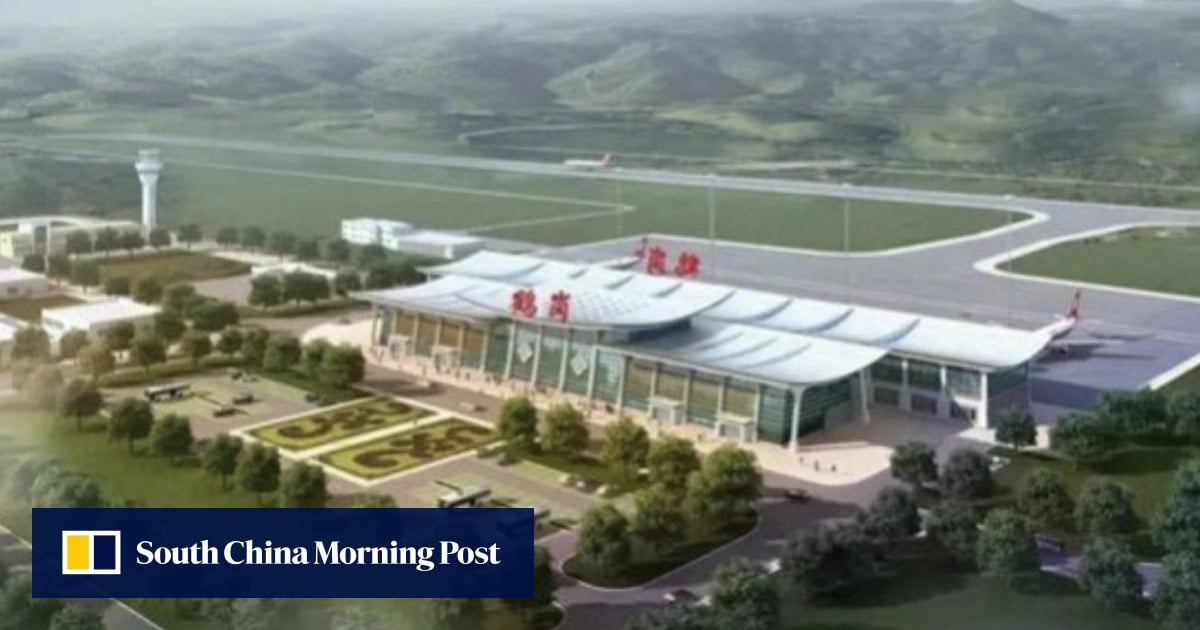
Advertisement
The initiative is part of a broader effort to revive the city’s economy after years of stagnant growth, industrial decline and a shrinking population. Hegang’s local population has dropped from about 1.1 million in the 2010s to 850,000 today, while its GDP decreased from 40.92 billion yuan (US$5.7 billion) in 2022 to 38.02 billion in 2024, according to official data.
Earlier this month, Hegang announced via its official WeChat account that construction on Luobei Airport would begin soon. The airport – backed by an estimated investment of 1.2 billion yuan – is scheduled to open in 2027.
Once completed, it is expected to accommodate 450,000 passengers and 1,600 tonnes of cargo annually, with a 2,500-metre runway and a 5,008-square-metre terminal, the local government said on July 1.
“Hegang’s airport is emblematic of how many small and mid-sized cities are trying to seek breakthroughs through the country’s new round of infrastructure,” said David Wong, a lecturer at Hang Seng University in Hong Kong, who has researched the link between air transport and regional inequality.
Advertisement
He added that the new airport could bring practical benefits, as areas with inadequate air links face enormous challenges in catching up with better-connected urban regions.

